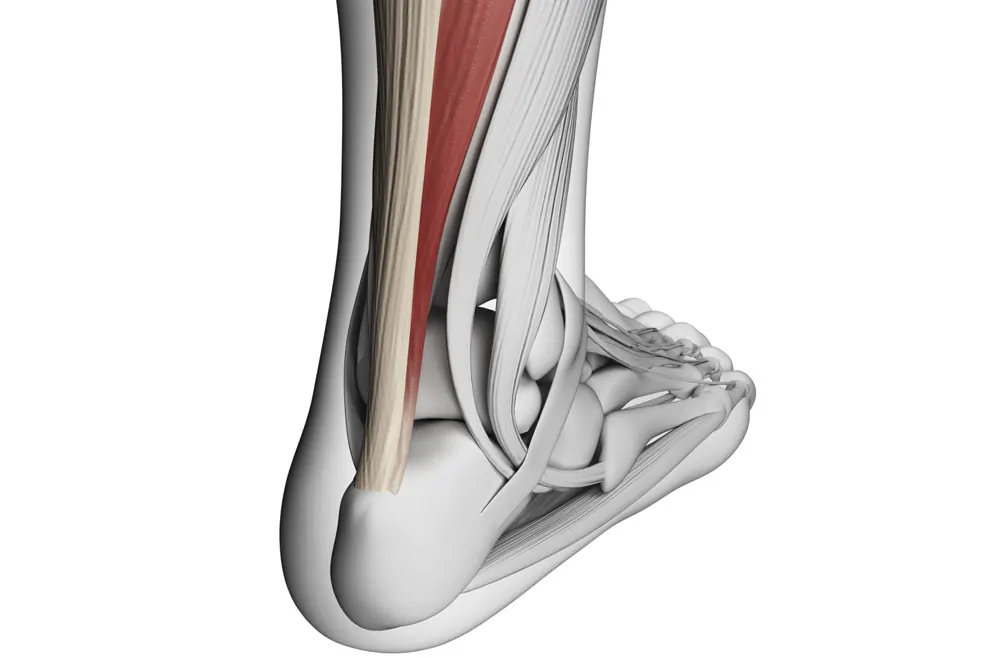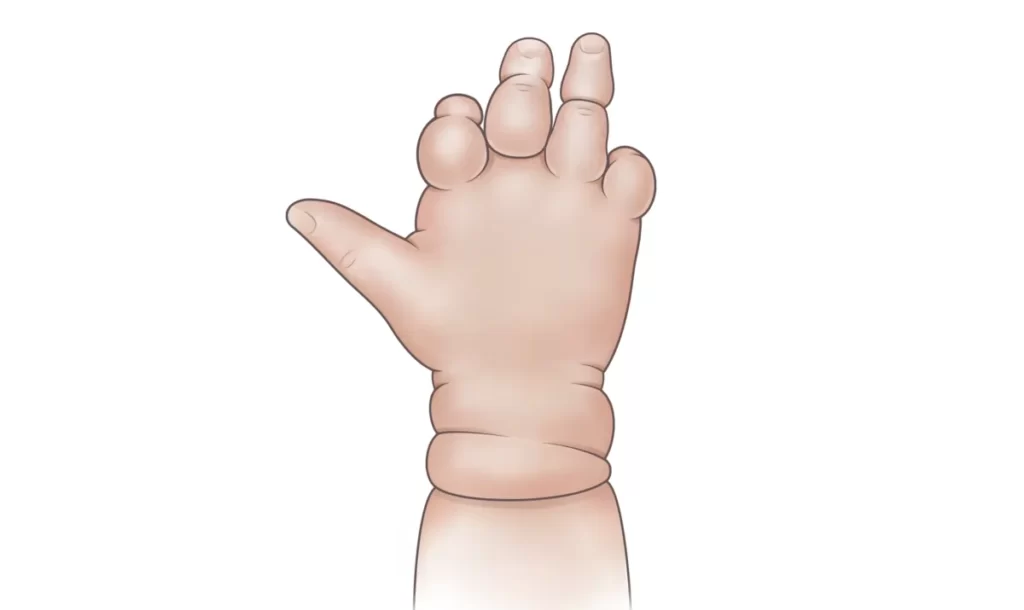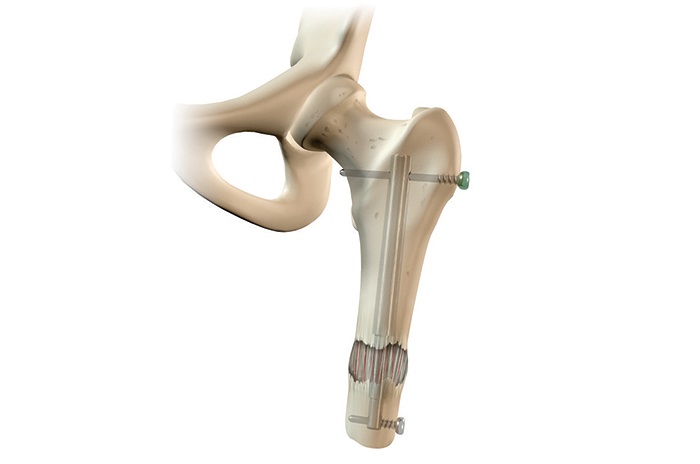Definition and Occurrence of Clavicle Fracture
The clavicle, or collarbone, is an important bone in the shoulder joint that connects the arm to the trunk of the body. Due to its location, it is prone to fractures caused by impacts or falls, and these fractures are common in adults.

Causes of Clavicle Fracture
Clavicle fractures can occur due to excessive pressure and force on the bone. The main causes include:
- Collisions or falls onto the shoulder in sports like football and hockey.
- Direct blows to the clavicle in accidents.
- Injuries during childbirth.
Treatment of Clavicle Fracture
Many clavicle fractures can be treated without surgery. However, some specific cases may require surgical intervention. Common treatment methods include using a sling, physiotherapy, and in certain cases, surgery.
Symptoms of Clavicle Fracture
A Fracture of the Clavicle can cause severe pain and limited movement of the arm and shoulder. Other signs include shoulder drooping, pain and inability to move the arm, a grinding sensation of bones, deformity, and protrusion, bruising and tenderness at the fracture site, a cracking sound at the time of fracture, and feelings of numbness or tingling.
Types of Shoulder Fractures
The shoulder joint, being highly mobile, is susceptible to fractures and dislocations. Shoulder fractures may occur in the clavicle or the head of the humerus. Clavicle fractures are the most common and can lead to pain, shoulder drooping, and arm mobility issues. Fractures of the humerus head usually occur due to accidents and are more common in people with osteoporosis.
The Importance of Seeing a Doctor
If the above symptoms occur or if the clavicle has been impacted, it is crucial to promptly consult a specialist for necessary examinations.
Shoulder Bone Fracture: Symptoms, Risk Factors, and Diagnosis
Introduction and Characteristics of Shoulder Fracture
The shoulder bone, large and triangular in shape, is located in the shoulder joint and is resistant to normal impacts. However, under conditions of severe pressure and force, the risk of fractures increases. These fractures typically do not require surgery.
Risk Factors for Fracture of the Clavicle
- Age: Adolescents (10 to 19 years) and older adults (over 70 years) are at higher risk of clavicle fractures.
- Osteopenia: Reduced bone mass in the early stages of this disease increases the risk of fractures.
Diagnostic Methods for Fracture of the Clavicle
In case of a clavicle fracture, it is essential to consult a doctor promptly. The doctor will diagnose the severity and exact location of the fracture through physical examination and X-ray imaging.
Clavicle Fracture: Diagnosis and Treatment Specialized Diagnosis of Clavicle Fracture
If there is a possibility of damage to arteries, nerves, or the shoulder joint, the doctor may recommend more advanced diagnostics such as arteriography, CT scans, and ultrasound.
Treatment Methods for Fracture of the Clavicle
- Non-surgical methods: Include using arm support devices, pain relief medications like acetaminophen, and physiotherapy to maintain movement and prevent arm stiffness.
- Surgical methods: Surgical options are chosen for more complex or serious fractures.
Need for Surgery in Clavicle Fracture Conditions Requiring Surgery
Surgery is needed in cases where the clavicle fracture causes damage to blood vessels or nerves, fractures that break the skin, or when the broken fragments are not in a position suitable for healing.
In surgery for a clavicle fracture, the surgeon repositions the broken pieces to their original place and uses pins and screws to secure them, ensuring proper bone healing.
Conclusion: Fracture of the Clavicle
The clavicle is one of the important bones of the shoulder and is at risk of fractures and injuries. These fractures can cause severe pain and impair arm movement. In some cases, a clavicle fracture can damage nearby blood vessels, nerves, or joints.
Depending on the severity and type of the fracture, the doctor will recommend appropriate treatment, whether surgical or non-surgical.

To make an appointment or get an online consultation with Dr. Nader Motallebi Zadeh, Limb lengthening surgeon, proceed here.



